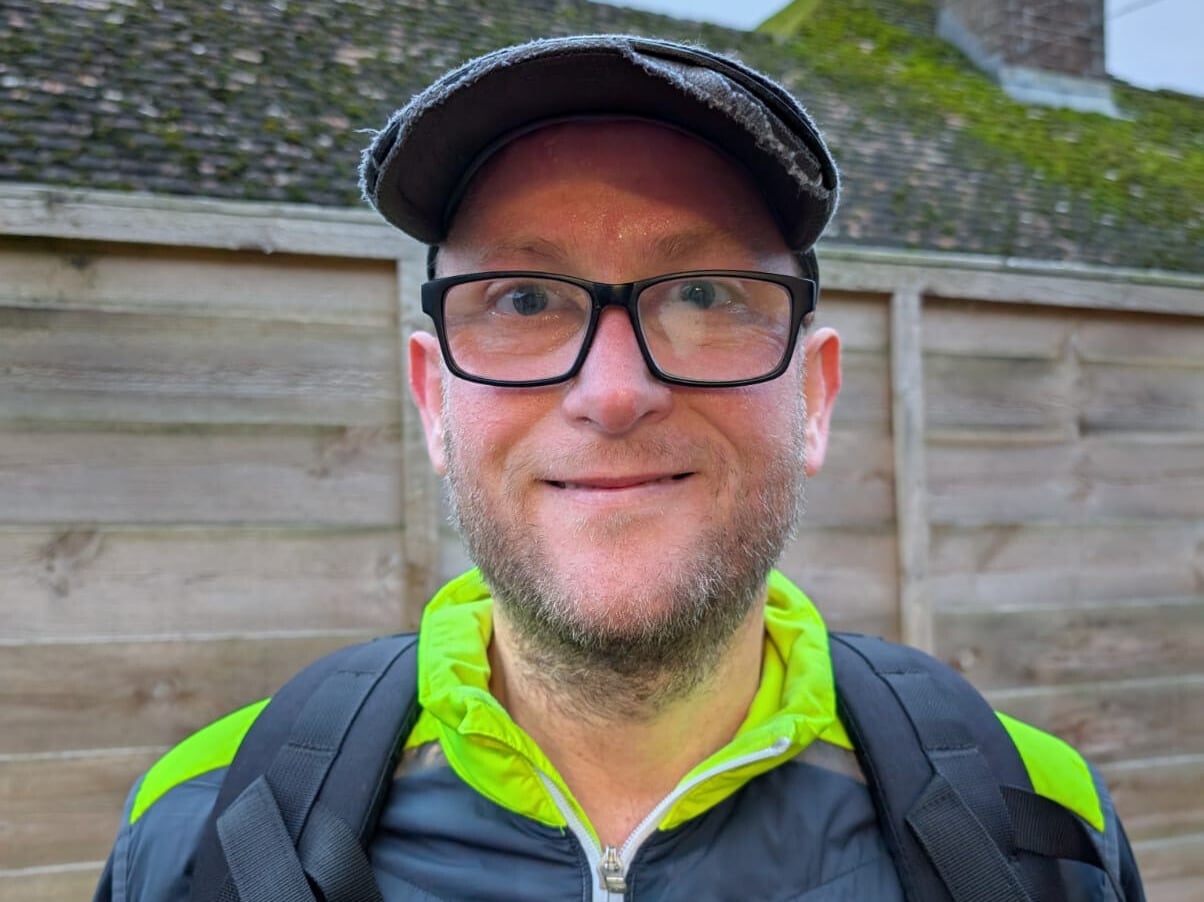Small steps can make a big difference – how rucking helped one man’s mental health
It’s the new kid on the block when it comes to trending forms of exercise but for James Hughes, rucking doesn’t just benefit his physical health but also helps his mental wellbeing.
For some people rucking may be associated with time spent on the rugby field but it’s actually a simple form of exercise that incorporates resistance training. You don’t need any fancy equipment or special training, just go out for a walk with a weighted rucksack to get fit and improve your mental health too.
James found rucking after he was diagnosed with diabetes.
‘My journey with physical exercise started when I was diagnosed in 2020. I sort of realised I had to do something about it due to the fact that I had a family and a small child who was running rings round me. It was pretty grim. I was about 25 stone, really unhappy and in the midst of quite a serious mental health crisis that had been ongoing for quite some time. I can remember making the decision that this was what I had to do.’
Since then, he has progressed to lifting heavier weights and walking longer distances. It has helped him to lose weight, but it has also had a profound impact on his mental health.
‘I’ve got a stupid head and clever legs and feet I suppose. How do I get myself going? I just do the opposite of what my head tells me to do and sometimes it pays dividends… I definitely feel a little bit more alive for getting out in nature and getting my heart beating.’

Start slow
Rucking has its origins in military fitness; we’ve all seen pictures of soldiers with heavy backpacks, walking up and down rugged terrain. Rucking may take its inspiration from the army, but it can be done at a very gentle pace. All the equipment that beginners need is a backpack with some fairly heavy items inside and decent shoes.
A good starting point could be a normal rucksack with some magazines and a couple of bottles of water inside. Then head out for a walk, gradually increasing your number of steps and the incline until you are a little out of breath, but you can still hold a conversation.
Over time, slowly increase the difficulty by adding weight and choosing more challenging routes to increase your chance of burning calories and improve cardiovascular fitness while not putting extra strain on your joints and causing injury.
Easy to integrate
The physical benefits of rucking are clear, but it is the improvements that men like James have seen to their mental health that has seen its popularity soar. Being outside in the fresh air and daylight is beneficial at any time of year and the links between spending time in nature and feeling better are well established. In addition, rucking is very easy to integrate into your life. There are no technical exercises to learn, and it can be a social activity enjoyed with friends, as part of a club or with family at the weekend. James now chooses to go out rucking most days.
‘For me it’s about getting out in the countryside. But you don’t have to do it in the countryside, you can do it anywhere you like. It’s pretty easy. Just get yourself a weighted backpack and go for a walk.’
Small steps
Rucking is just one physical activity you can choose to help your overall wellbeing this Movember. Don’t fancy rucking? Visit Stepladder’s interactive map to find lots of alternatives that can help you feel better. There is something out there for you. Remember, small steps can make a big difference.
